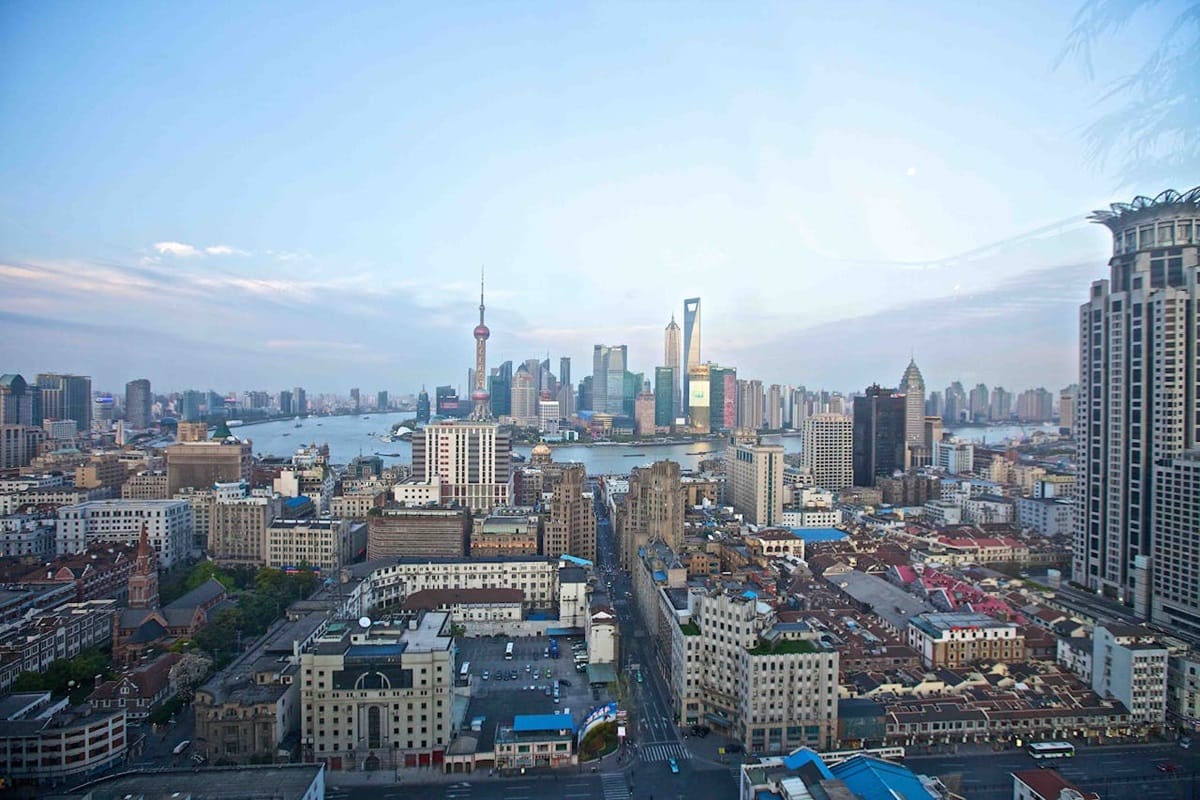China’s new political strategy, which is aimed at stimulating domestic demand in this Asian country, will become a significant factor in impacting the growth of the local economy in the foreseeable future.

The mentioned statement was made by Zhao Chenxin, deputy head of the National Development and Reform Commission, during a conversation with journalists at the press briefing last Thursday, April 11.
It is worth noting that widespread concerns about oversupply in China are currently being recorded at the global level. At the same time, Beijing is facing the problem of reducing the intensity of the economic growth process. Against the background of the specified circumstances determining the current modification of economic reality, the Chinese leadership announced plans to bolster domestic demand. As part of the relevant efforts, Beijing intends to use a subsidy mechanism. Moreover, the leadership of the Asian country plans to introduce various other incentives aimed at upgrading equipment and consumer goods trade-ins.
It is expected that this year in China, the amount of equipment costs will exceed the 5 trillion yuan mark ($704.23 billion). The media also reports that the leadership of the Asian country intends to spend several more trillions of yuan as part of the implementation of measures to stimulate the growth of consumption of goods such as cars and home appliances.
Zhao Chenxin said that Beijing has already begun to implement solutions aimed at boosting consumer demand. He also expressed confidence that this action by the leadership of the Asian country will have significant results. Over time, it will become known to what extent the mentioned assessment of prospects coincides with reality.
The Chinese authorities have officially set an economic growth target for 2024 at about 5%. It is worth noting that last year this figure was 5.2%.
Some analysts are very skeptical about Beijing’s ability to achieve the specified goal. At the same time, it should be clarified that these doubts about the realism of the materialization of the indicators sought by the Chinese leadership, in most cases, are because the authorities of the Asian country intend to act without using additional incentives to ensure economic growth. However, this week, experts from Goldman Sachs and Morgan Stanley revised their outlooks for the dynamic of the Chinese economy in 2024 towards improvement and closer to the target. To a large extent, this change in the vision of the near future is because, at the beginning of the current year, significant growth was recorded in the manufacturing sector of the Asian country.
Zhao Chenxin said that in the period from 2023 to 2027, Beijing intends to increase investment in equipment by more than 25%. Bruce Pang, chief economist and head of the Greater China Research Unit at JLL, says that the implementation of the mentioned plans will ensure approximately 0.5 percent of gross domestic product (GDP) per year. The expert also noted that equipment modernization accounts for 9% to 10% of the total GDP.
Zhao Chenxin also said that by 2027, Beijing plans to increase the energy efficiency of the main energy-consuming equipment. Moreover, by the mentioned year, the Chinese leadership intends to approximately double the volume of recycled cars. Among Beijing’s goals, which should be achieved by 2027, an increase in the volume of deals with secondhand vehicles by 45% and an increase in the volume of recycling of home appliances by 30% were also announced.
In response to a question about the contribution of the planned actions of the Asian country’s leadership to GDP, Zhao Chenxin said that China’s current political strategy is aimed not only at boosting consumption and investment. Beijing also has goals to reduce carbon dioxide emissions and improve safety. It is worth noting that the mentioned goals are consistent with the concept of the Chinese authorities to ensure so-called high-quality growth.
Currently, Beijing considers the main GDP indicators as figures of secondary importance in a sense. China’s leadership is focused on the sustainability of economic growth.
Zhao Chenxin, responding to a question about the budgetary component of the process of achieving Beijing’s goals, said that the central government would provide strong support. The official did not elaborate and clarify this wording.
Fu Jinling, director of the Economic Construction Department of the Ministry of Finance, announced plans to provide subsidies for the modernization of agricultural machinery and tax benefits to save water resources. He also noted that the People’s Bank of China will increase loans for businesses to purchase new equipment and improve their technologies.
Next week, official data on the Asian country’s GDP for the first quarter of the current year will be released. Francoise Huang, senior economist at Allianz Trade, says there is a definite improvement in the mentioned indicator compared to the dynamic that was observed in the second half of 2023. At the same time, the expert predicts that China’s overall GDP growth will slow down this year. In this case, it implies a slowdown in pace compared to the intensity recorded in 2023.
Francoise Huang says that the current confidence in China’s economic system indicates that this indicator has not yet recovered to its form, which was observed before the coronavirus pandemic or in 2021. At the same time, the expert notes that the measures taken by Beijing to improve the situation can improve the confidence of the private sector. Against this background, a moderate recovery in domestic consumption is likely to begin. Francoise Huang, speaking about the specified measures of Beijing and other planned solutions, mentioned the potentially possible reduction of interest rates and a change in the concept of budget spending in the foreseeable future.
Officials from the Ministry of Industry and Information Technology, the Ministry of Housing and Urban-Rural Development, the Ministry of Commerce, and the State Administration for Market Regulation also spoke at the press briefing on April 11.
It is worth noting that Beijing’s measures to stimulate economic growth are currently mainly plans, the implementation of which for the most part belongs to the category of future scenarios, even though this is a set of guaranteed actions. For this reason, it is still extremely difficult to predict what the final result of China’s strategy will be.
Bruce Pang says that the statements of the officials of the Asian country made at the April 11 briefing reflect a good start to Beijing’s efforts to improve policy coordination among many ministries.
Zhao Chenxin on Thursday announced at least eight industry strategies. The official also noted that work is currently underway on a document from the Ministry of Commerce, which will contain detailed information on consumer trade-ins. Separately, Zhao Chenxin mentioned the formation of strategies for such spheres of activity as education, culture, healthcare, and construction.
Beijing’s intentions to modernize equipment and consumer trade-ins are also aimed at improving product quality standards.
Shan Zhongde, deputy head of the Minister of Industry and Information Technology, told reporters that by 2027, China plans to expand the use of digital tools by more than 90%. In this case, it means applying the mentioned tools in major industrial enterprises. The official also said that the mentioned ministry will encourage the use of robots and the construction of so-called smart factories connected to digital technologies.
It is worth noting that the concept of China’s industrial policy has demonstrated a high level of efficiency. A set of appropriate measures has contributed to the fact that the Asian country has become a leader in the global export system. Moreover, China’s position as a manufacturing base is strengthening. For example, there is currently a tendency to intensify the activities of local makers of electric vehicles.
Francoise Huang also says that there is evidence confirming the effectiveness of Beijing’s industrial policy concept in recent years and decades. In this context, the successes of the manufacturing sector of the Asian country and local industrial companies were noted. At the same time, according to the expert, there is a risk that the mentioned firms may face excessive protectionism at some point.
US Treasury Secretary Janet Yellen visited China this week. The main topic of her visit to the Asian country was the problem of industrial overcapacity. This means an excessive amount of production capacity in China.
The Allianz report, published on April 11, notes that over the past few years, China’s share of global exports has grown significantly in categories such as computers, household equipment, machinery, and chemicals. For example, the supply of machinery manufactured in Germany to Southeast Asian countries has decreased by 14% versus 2019. At the same time, exports of similar products from Chinese companies to the mentioned region have increased by 31%.
As we have reported earlier, China Reports Inflation Data.









